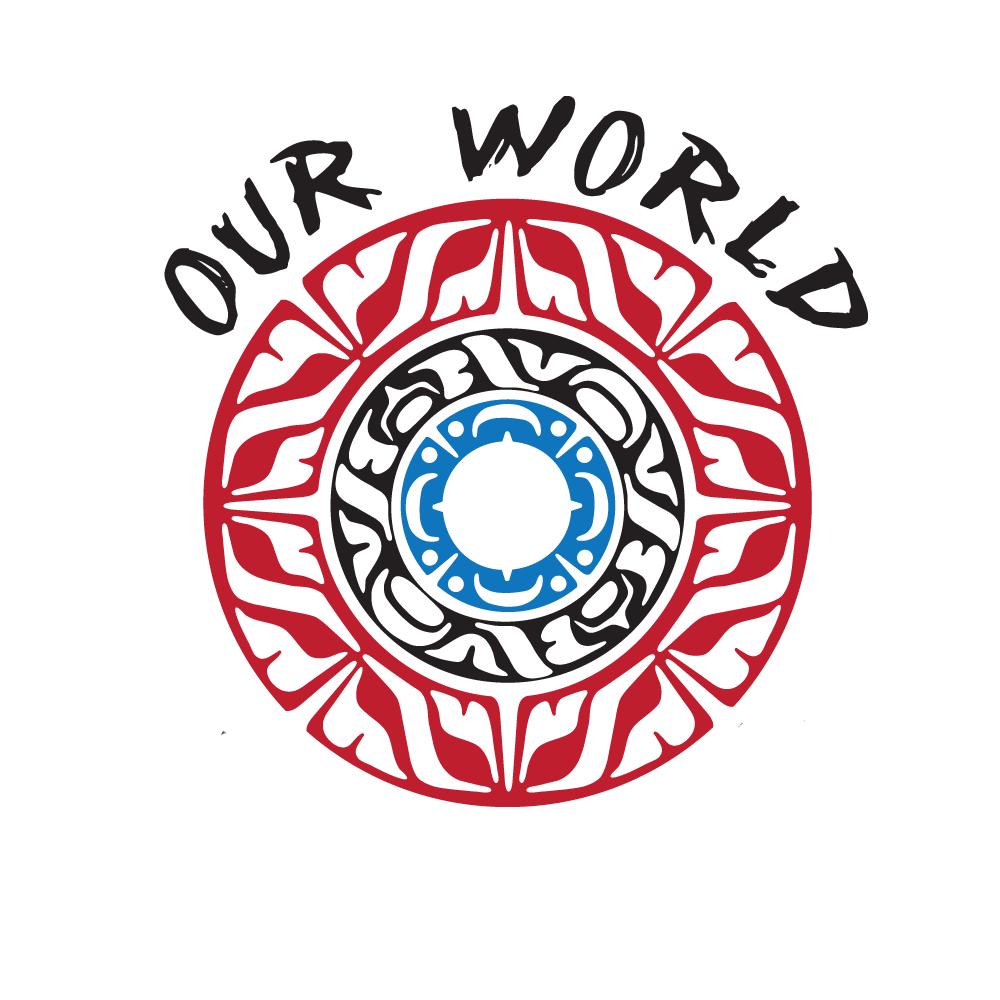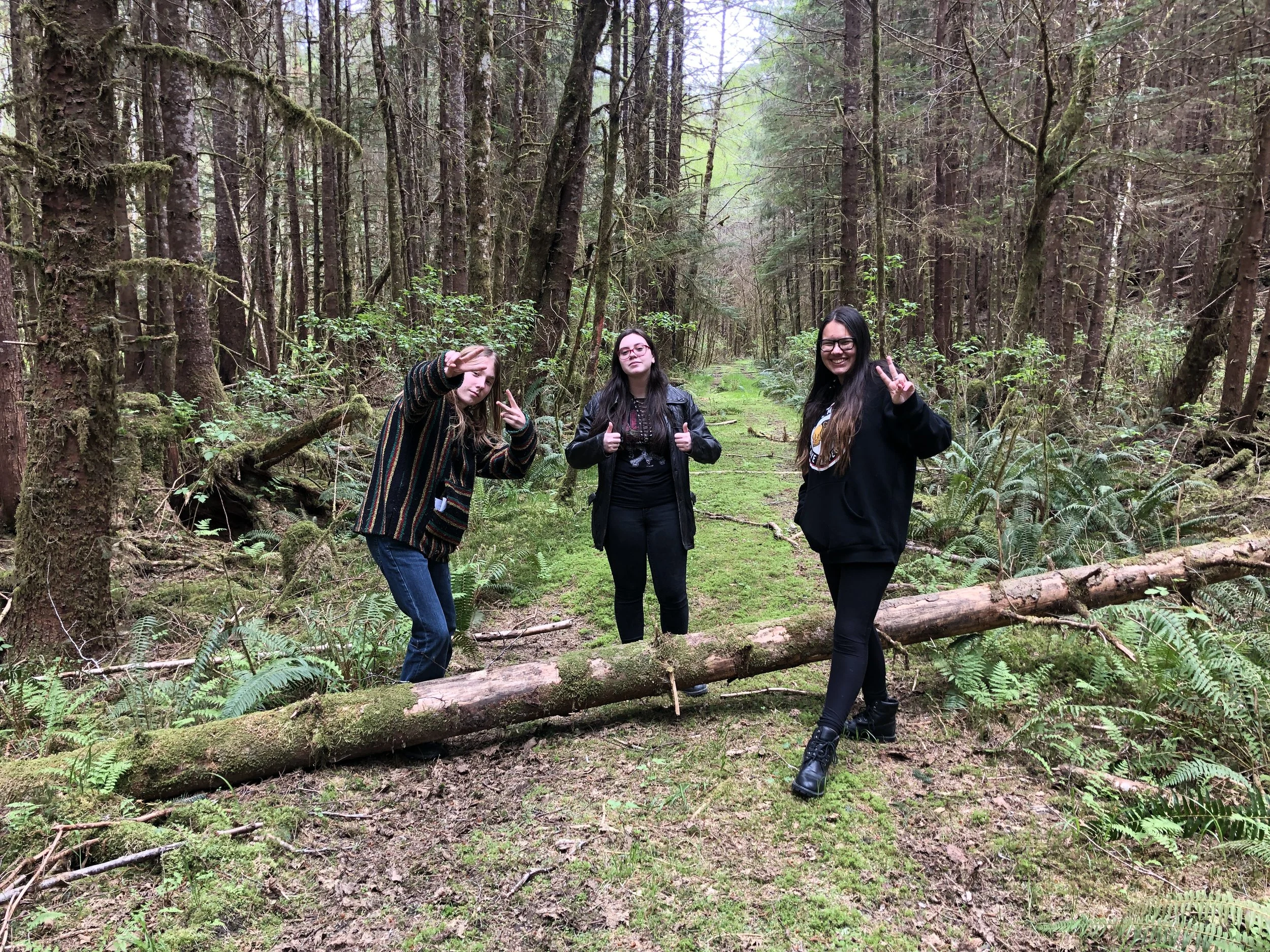Haida Gwaii
British Columbia
Haida Gwaii ("Islands of the People"), is an archipelago on the North Coast of British Columbia, Canada. Haida Gwaii consists of two main islands: Graham Island in the north, and Moresby Island in the south, along with approximately 150 smaller islands.
Old Massett is a Haida village located on the northern coast of Graham Island with the population of approximately 982. Old Massett has an elementary school; high school students attend Gudangaay Tlaats’gaa Naay Secondary School in Masset. Skidegate is the Haida village located on the southeast coast of Graham Island with the population of approximately 709. Children attend Sk’aadgaa Naay Elementary; high school students attend GidGalang Kuuyas Naay Secondary in Queen Charlotte City, about 9 kilometers west of Skidegate.
Haida, X̱aayda Kil (South) or Xaad Kil (North), is the ancestral language of the Haida people. While nearly everyone agrees that there is only a single Haida language, there are some noticeable dialectal differences between communities. In modern times, the greatest difference is between Southern Haida, as spoken in Skidegate, and Northern Haida, spoken in Masset and Old Massett.
Both communities are dedicated to their language and work hard to protect and practice it.
MORE INFO:

Haida Gwaii Films
2019
A mockumentary about a self absorbed travel vlogger and what she learns while traveling on Haida Gwaii.
2016
A behind the scenes look at Our World and the partnership with R2R and their quest to take this project initiative all the way across Canada.
An irreverent new employee of the Haida Heritage Centre learns a lesson in cultural respect.
A mini documentary exploring the continued importance of Haida Legends in modern times.
An animated version of the Haida legend "The Bear and the Berry Picker" adapted by Joan Moody (Haida Language Teacher).
2014
2013
Dorian's family story, as told by Naani Nora Samuels, about a fateful boating accident.
2009
This stop-motion animation deals with the loss of culture and the resurgence of it through future generations. It explores the power of Haida art and the importance of sustaining it.
A young Haida boy visits his ts’inni (grandfather) for story time, and is transported into a magical world of Haida language and tradition. This world is one that represents a world of nature, animals, language and Haida ways which are disappearing.
A short bold film stating that the community needs to listen to the youth - they are the future and must be heard!
A touching account of how a “lost raven” was uprooted at a young age and now as a young adult is rediscovering his roots as a Haida dancer.
A personal and poetic piece about the struggle to belong. First, a journey to discover the world out there, and then the discovery that her heart is content when she is surrounded by her community and her roots.













































































